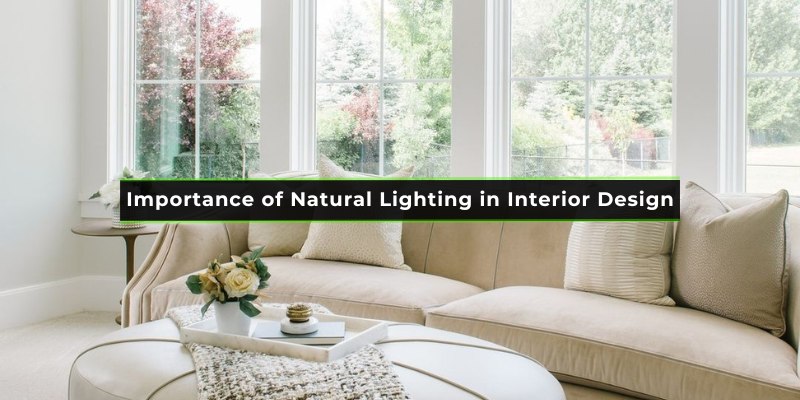Natural lighting plays a crucial role in interior design. It enhances the beauty and functionality of any space.
Understanding the importance of natural lighting can transform your living or working environment. Natural light not only makes a room feel larger and more open, but it also boosts mood and well-being. In interior design, natural lighting is a key element that brings out the true colors of your décor.
It reduces the need for artificial lighting, cutting down on energy costs. Sunlight streaming through windows can create dynamic shadows and highlights, adding depth to your interiors. By strategically incorporating natural light, you can create a more inviting, healthier, and aesthetically pleasing space. Let’s explore how natural lighting can elevate your interior design.
Benefits Of Natural Lighting
Natural lighting plays a crucial role in interior design. It enhances the beauty of any space. The benefits of natural lighting go beyond aesthetics. It offers numerous advantages. These include health benefits and energy efficiency.
Health Advantages
Natural light positively affects our health. It improves mood and reduces stress. Natural light exposure boosts vitamin D levels. This vitamin is vital for bone health. It also helps regulate sleep patterns. Natural light enhances productivity and focus. It creates a pleasant and inviting atmosphere.
Energy Efficiency
Using natural lighting reduces energy consumption. It decreases the need for artificial lighting during the day. This leads to lower electricity bills. Natural light also reduces heating costs. Sunlight warms up spaces, cutting down on heating needs. This makes homes more environmentally friendly.
You may like it: Importance of Lighting in Interior Design
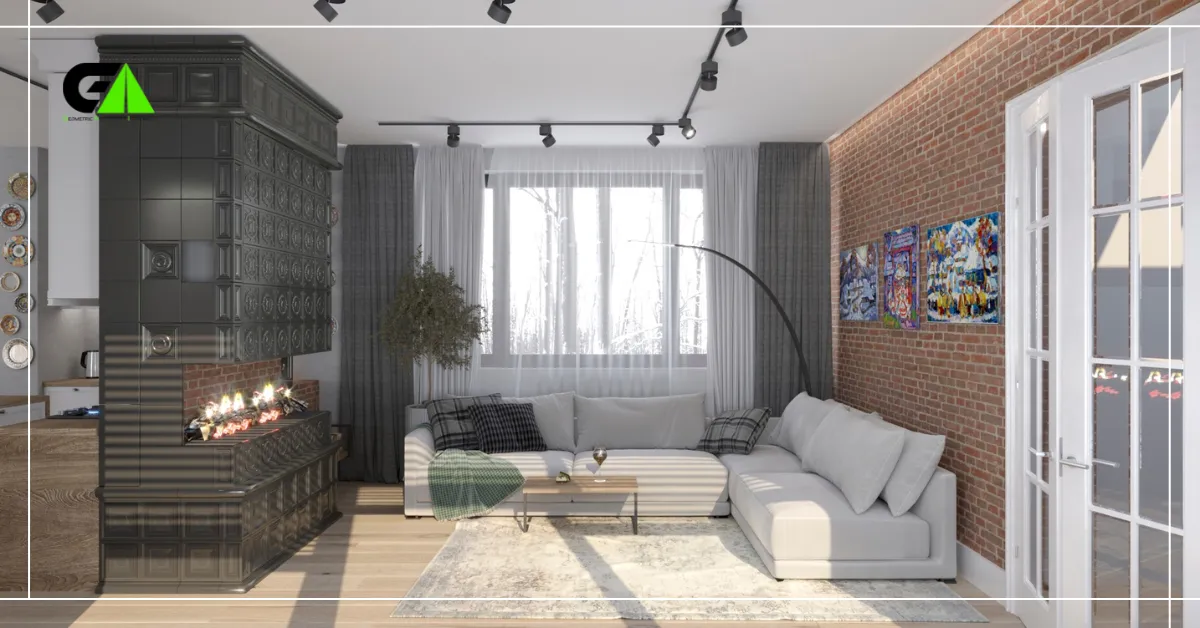
Psychological Impact
Natural lighting does more than brighten a room. It deeply affects our mental well-being. The human brain reacts positively to sunlight. This reaction is crucial for our psychological health. Let’s explore the psychological impact of natural lighting in more detail.
Mood Enhancement
Sunlight boosts serotonin levels. Serotonin is a hormone that enhances mood. Higher serotonin levels make us feel happier and more focused. Natural lighting can transform a gloomy room into a vibrant space. A well-lit room can lift your spirits instantly.
Stress Reduction
Natural light helps reduce stress. Exposure to sunlight lowers cortisol levels. Cortisol is a hormone linked to stress. Lower cortisol levels make us feel more relaxed. Sunlit spaces create a calming atmosphere. This reduces anxiety and promotes peace of mind.
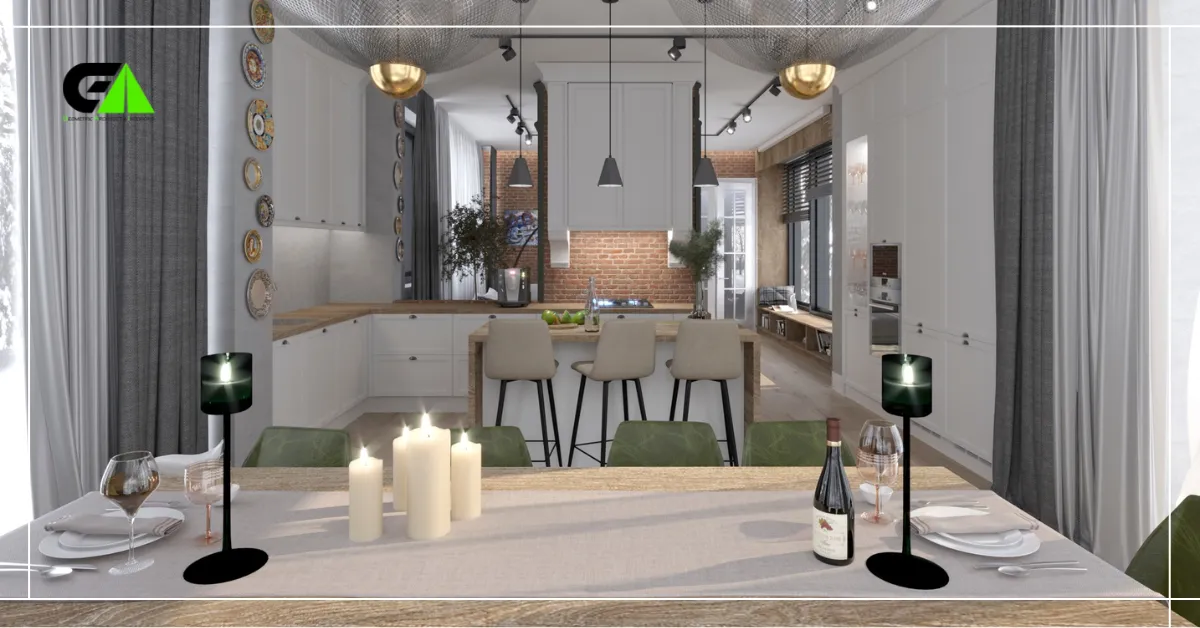
Design Techniques
Natural lighting holds immense importance in interior design. It enhances the overall ambiance and promotes a healthier living environment. Using effective design techniques can maximize natural light in your spaces. Let’s explore some key techniques that can help you achieve this.
Window Placement
Strategic window placement is essential for maximizing natural light. Large windows allow more light to enter. Place windows on south-facing walls to capture the most sunlight. Avoid placing windows too high or too low. The right height ensures even light distribution. Consider using skylights in rooms with limited wall space. They bring in natural light from above, brightening the space.
Use Of Mirrors
Mirrors can significantly enhance natural lighting. Position mirrors opposite windows to reflect light. This simple trick can double the amount of light in a room. Use large mirrors for maximum effect. Smaller mirrors can also work well in groups. They create a stylish and functional design element. Opt for mirrored furniture for an added light-reflecting touch. This technique not only brightens but also creates an illusion of more space.
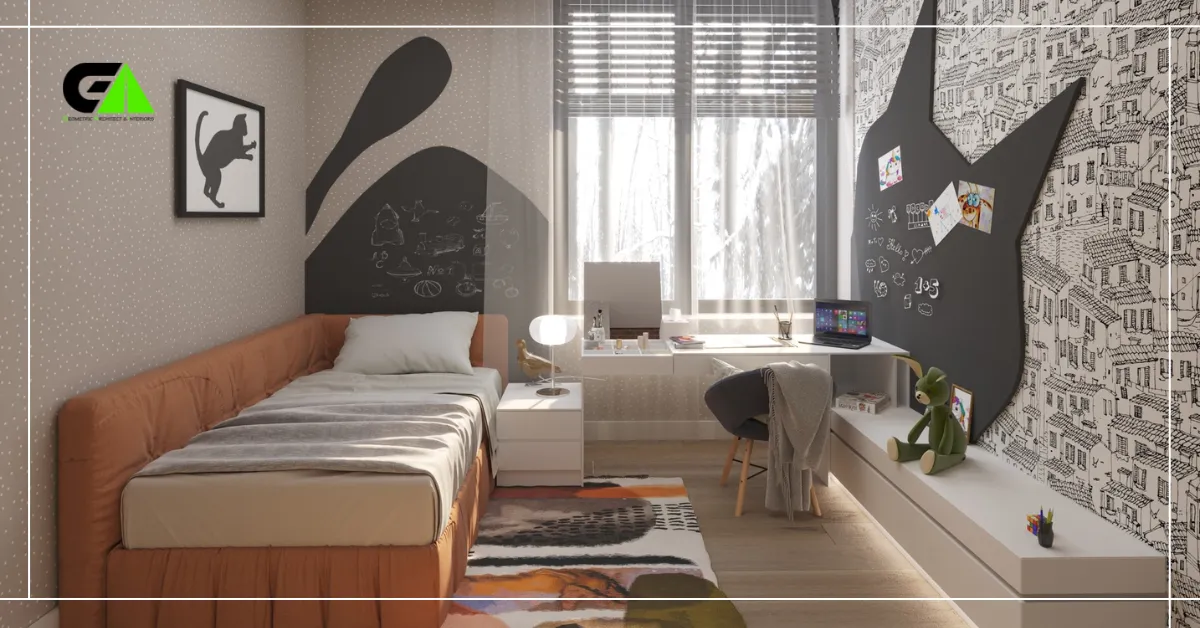
Room-specific Strategies
Natural lighting plays a vital role in interior design. It influences the mood and ambiance of a room. Using room-specific strategies can enhance the benefits of natural light. Here are some tips for different rooms.
Living Room
Maximize natural light in the living room by using large windows. Keep window treatments light and airy. Mirrors can reflect sunlight and make the space feel larger. Arrange furniture to avoid blocking light sources. Opt for light-colored walls and floors to reflect light better.
Bedroom
In the bedroom, balance natural light with privacy. Use sheer curtains to allow light while maintaining privacy. Position the bed to take advantage of morning sunlight. Soft, light-colored bedding can make the room feel brighter. Consider skylights for an extra touch of natural light.
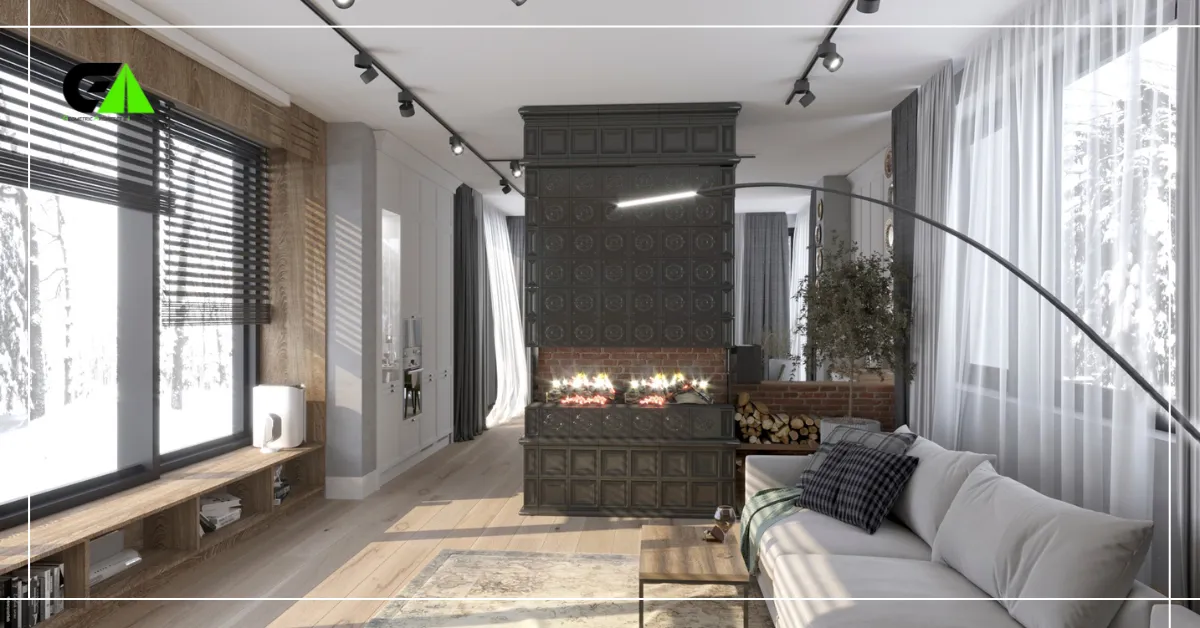
Material Choices
Material choices play a crucial role in maximizing natural lighting in interior design. Different materials can enhance or hinder the flow of natural light within a space. Below, we explore the importance of transparent materials and light-reflective surfaces in creating brighter, more inviting interiors.
Transparent Materials
Using transparent materials can significantly enhance natural lighting. Glass is the most common choice. It allows light to pass through easily, brightening up any room.
-
Windows: Large windows let in more light. They create a seamless connection between indoors and outdoors.
-
Glass Doors: These doors not only look elegant but also increase light flow between rooms.
-
Glass Partitions: They divide spaces without blocking light. They maintain an open, airy feel.
Another option is acrylic. It is lighter than glass and comes in various colors and finishes. Acrylic panels can be used for walls, doors, or even furniture. They add a modern touch while enhancing light distribution.
Light-reflective Surfaces
Light-reflective surfaces help bounce light around a room. They make spaces feel larger and brighter. Mirrors are a popular choice for this purpose.
|
Material |
Benefits |
|---|---|
|
Mirrors |
Reflect light, create the illusion of more space. |
|
Glossy Paint |
Enhances light reflection, adds a sleek finish. |
|
Metal Surfaces |
Reflect light well, add a modern touch. |
Using glossy paint on walls and ceilings can significantly improve light reflection. Lighter colors, such as white or pastel shades, work best. They reflect more light compared to darker shades.
Metal surfaces, like stainless steel or polished brass, also enhance light reflection. They can be used in fixtures, furniture, or decorative elements.
In summary, the right material choices can dramatically improve natural lighting. Transparent materials and light-reflective surfaces are key to creating bright, welcoming interiors.
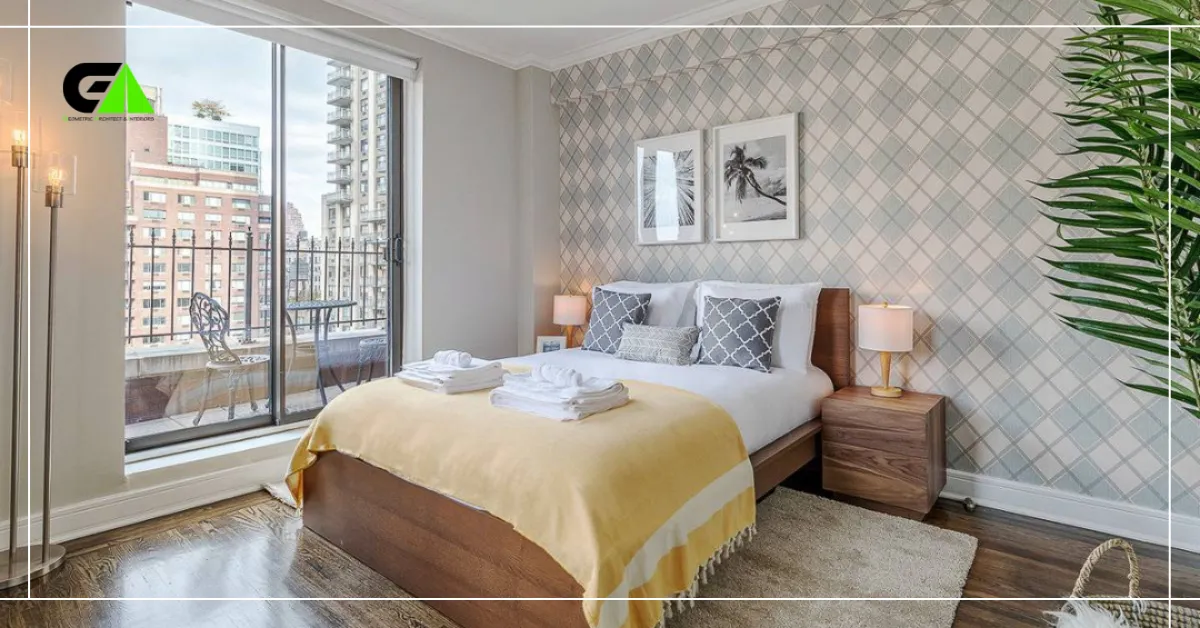
Seasonal Considerations
Natural lighting plays a key role in interior design throughout the year. Each season presents unique challenges and opportunities. Making the most of natural light during different seasons can enhance your space’s comfort and aesthetics.
Summer Strategies
In summer, days are longer and sunlight is abundant. This can be both a benefit and a challenge. Use light, breathable curtains to diffuse the intense sunlight while still allowing plenty of light to enter. Consider using light-colored decor to reflect light and keep the space cooler. Arrange furniture to avoid direct sunlight exposure, which can cause fading.
|
Tip |
Benefit |
|---|---|
|
Light curtains |
Diffuse intense sunlight |
|
Light-colored decor |
Reflects light, keeps space cooler |
|
Furniture arrangement |
Prevents fading of fabrics |
Winter Adjustments
Winter brings shorter days and less sunlight. Maximizing the available natural light becomes essential. Use mirrors strategically to reflect light throughout the room. Opt for sheer curtains that allow more light to pass through. Arrange seating areas near windows to take advantage of any available sunlight.
-
Use mirrors to reflect light
-
Sheer curtains for maximum light
-
Seating near windows
Both summer and winter present unique opportunities to make the most of natural lighting. Adapting your interior design to the seasons can create a more comfortable and aesthetically pleasing environment.
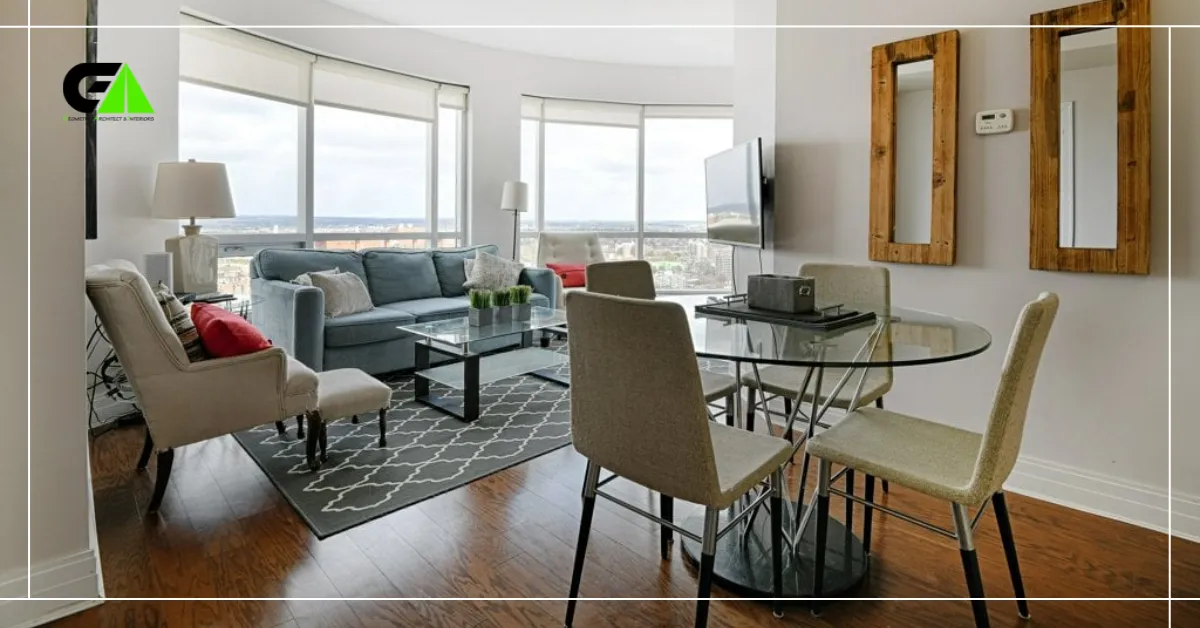
Balancing Natural And Artificial Light
Balancing natural and artificial light is crucial in interior design. Natural light provides warmth and health benefits. Artificial light fills the gaps when natural light is low. Achieving the right balance can enhance your space.
Combining Sources
Utilize both natural and artificial light for a well-lit room. Position mirrors to reflect sunlight. This brightens dark corners. Choose light fixtures that complement your room’s style. Layer different light sources for depth. Use ceiling lights, floor lamps, and table lamps.
Smart Lighting Solutions
Smart lighting systems can adjust based on time and activity. Use dimmers to control light intensity. Install timers to switch lights on and off. Smart bulbs can mimic natural light cycles. This helps maintain your body’s rhythm. Voice-controlled lights offer convenience.
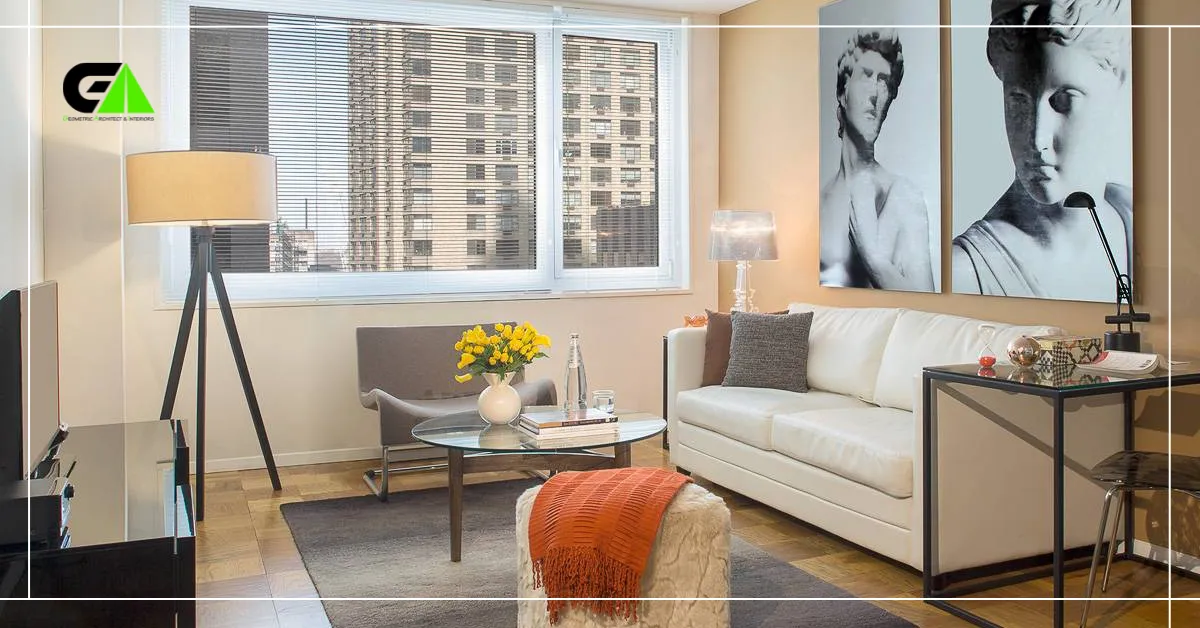
Case Studies
Case studies offer a deeper understanding of the importance of natural lighting in interior design. By examining real-life examples, we can see how natural light transforms various spaces. This section will delve into residential and commercial spaces, highlighting the benefits and strategies used to maximize natural light.
Residential Examples
In homes, natural light enhances comfort and well-being. Here are some notable examples:
| Project | Location | Design Strategy | Benefits |
|---|---|---|---|
| Modern Villa | California, USA | Floor-to-ceiling windows | Increased daylight, reduced energy use |
| Urban Apartment | New York, USA | Skylights and reflective surfaces | Brighter interiors, improved mood |
| Country Cottage | Sussex, UK | Open-plan layout | Enhanced natural light flow |
Commercial Spaces
Natural light is equally crucial in commercial spaces. It boosts productivity and reduces energy costs. Consider these examples:
- Office Building
- Location: London, UK
- Design Strategy: Large windows and glass partitions
- Benefits: Higher employee productivity, lower electricity bills
- Retail Store
- Location: Tokyo, Japan
- Design Strategy: Skylights and open spaces
- Benefits: Enhanced customer experience, better product visibility
- Restaurant
- Location: Paris, France
- Design Strategy: Glass walls and outdoor seating
- Benefits: Pleasant dining atmosphere, increased patronage
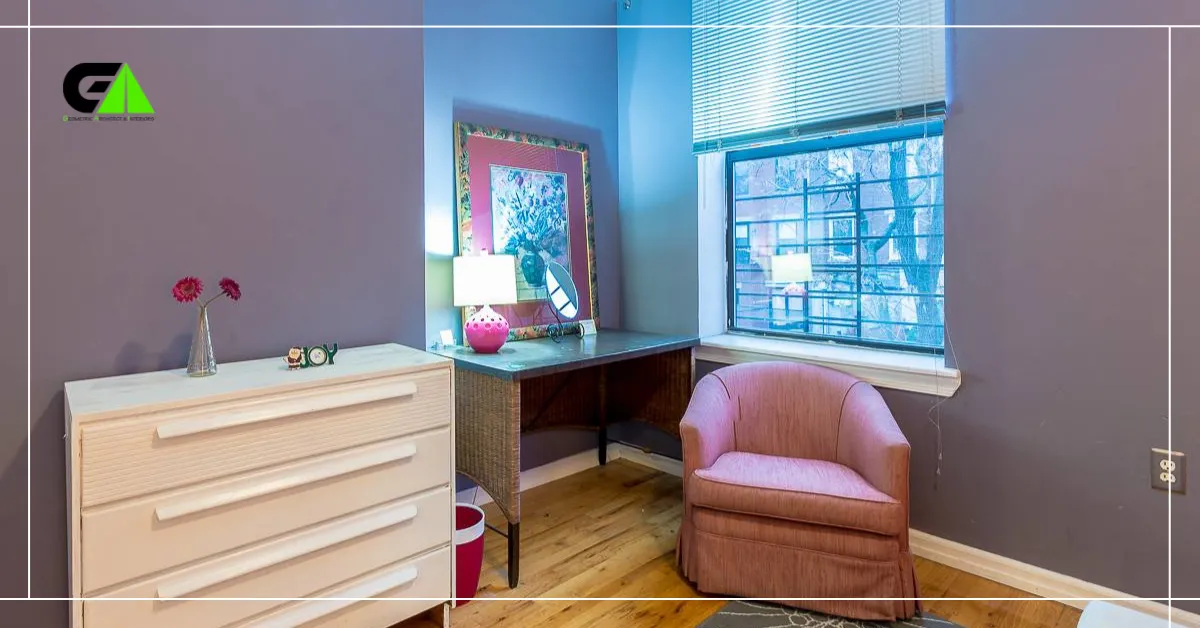
Frequently Asked Questions
Why Is Natural Lighting Important In Interior Design?
Natural lighting enhances the aesthetic appeal of a space. It makes rooms feel larger and more inviting. It also boosts mood and well-being.
How Does Natural Lighting Affect Mood?
Natural lighting positively impacts mood by increasing serotonin levels. It creates a bright and cheerful atmosphere, reducing stress and anxiety.
Can Natural Lighting Save Energy Costs?
Yes, natural lighting reduces the need for artificial lighting. This lowers energy consumption and utility bills, making it cost-effective and eco-friendly.
What Are The Best Ways To Maximize Natural Light?
Use large windows, skylights, and glass doors. Light-colored walls and mirrors also reflect and amplify natural light effectively.
Conclusion
Natural lighting enhances the beauty of any space. It creates a warm atmosphere. Proper lighting boosts mood and energy. It also reduces electricity bills. This simple change can transform your home. It makes rooms look bigger and more inviting. So, embrace natural light in your design.
It benefits your well-being and wallet. Remember, a well-lit home is a happy home.

